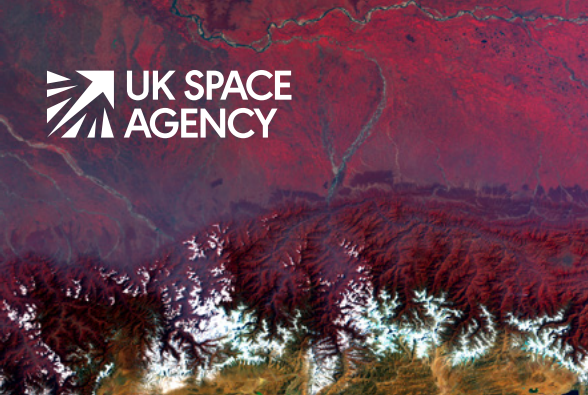UK Space Agency to partner with Peru on £2.7m satellite research to monitor failing dams
- February 20, 2018
- Posted by: administrator
- Category: Technology & Innovation, Europe

The UK Space Agency’s International Partnership Programme will be using remote sensing data to minimising the risk of tailings dams failures in Peru, a project worth £2.7 million.
Tailing dams are earth embankments used to store toxic mine waste and effluent which can be more than 100m high. Their rate of failure is high, due to poor design regulations and less rigorous construction methods than for normal water-retaining dams.
This project will use Earth Observation and Global Navigation Satellite System technologies to allow for more effective monitoring of the dams, allowing for quicker action to be taken to avoid failures.
The project will help to reduce damage to ecosystem services downstream of mines upon which many vulnerable communities rely for both their source of water and their livelihoods.
It will be implemented by HR Wallingford (UK) in partnership with the National Water Authority of Peru, the Regional Government of Cajamarca, Ciemam SAC, Peru’s National Foundation for Hydraulics, Peru’s National Institution of Engineers, the National University of Cajamarca, Rio Tinto, Klohn Crippen Berger, and Engineering Geology.
British Ambassador to Peru, Anwar Choudhury, said:
“This is a truly modern project built around our vision of a 21st Century partnership with Peru which highlights once again the UK’s leadership in technology and innovation”.
This project is in addition to two other current UK Space Agency projects in Peru worth £3.2 million: EO4cultivar (sustainable agricultural production and irrigation) led by Environment Systems, and Land-use interventions led by Vivid Economics.
Other projects include a £2 million peatland assessment in SE Asia by satellite – known as PASSES.
Tropical forest fires affect over 20 million people in South East Asia, leading to significant deteriorations in public health and premature mortalities as well as contributing to global CO2 emissions and other negative environmental impacts. Many fires occur over drained peatland areas.
The project will use satellite observations and measurements to map peat condition, even when under a forest canopy. By monitoring water levels and improving hydrology in the peatland areas, the risk of fire can be dramatically reduced. By using freely available observations from satellites through the EU Copernicus programme and use of emerging industrial hosted processing capabilities, PASSES is aiming to prove that peatland monitoring is a cost effective way to reduce forest fires.
The UK Space Agency’s International Partnership Programme is part of the Department for Business, Energy and Industrial Strategy’s (BEIS) Global Challenges Research Fund (GCRF): a £1.5 billion fund from the UK Government, which supports cutting-edge research and innovation on global issues affecting developing countries.
